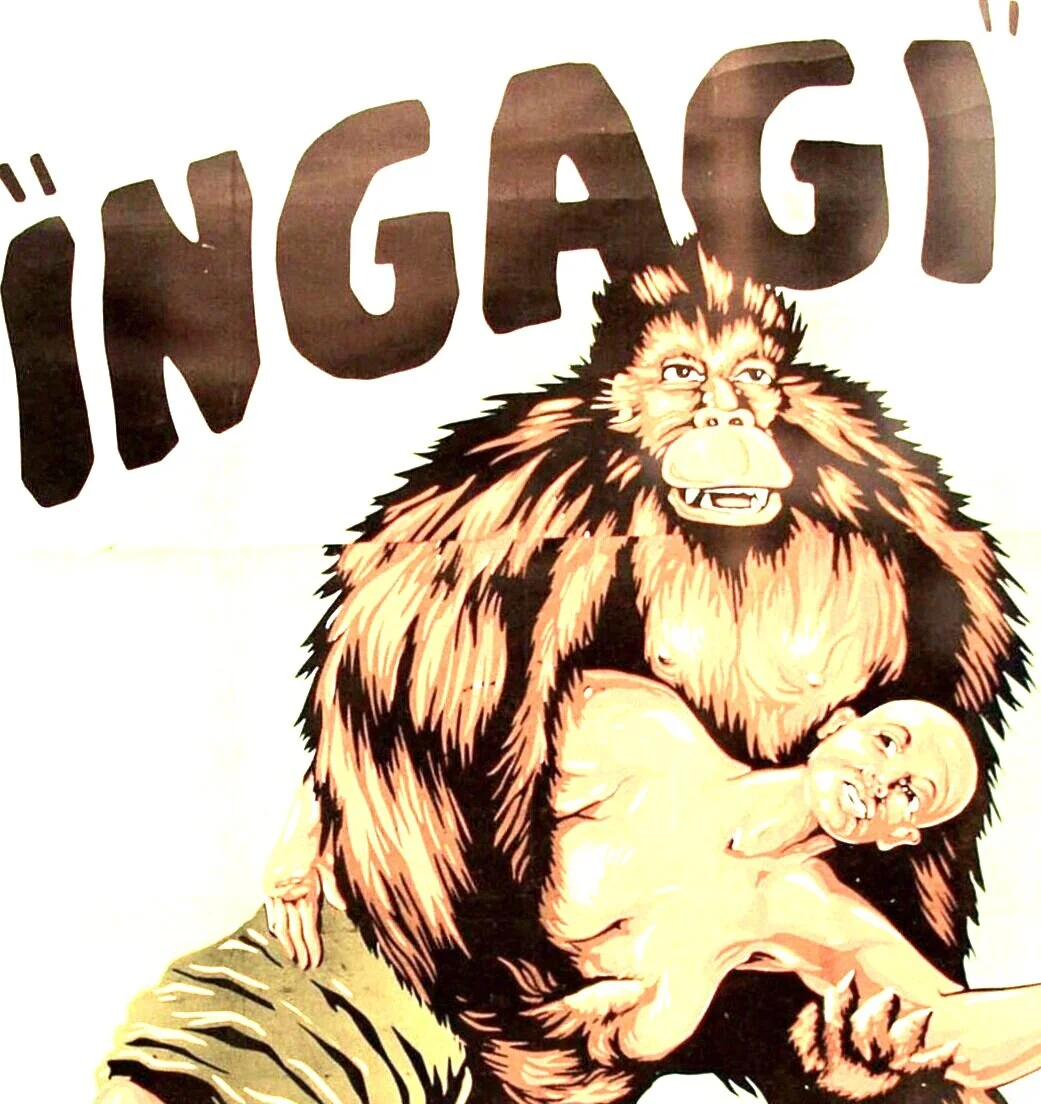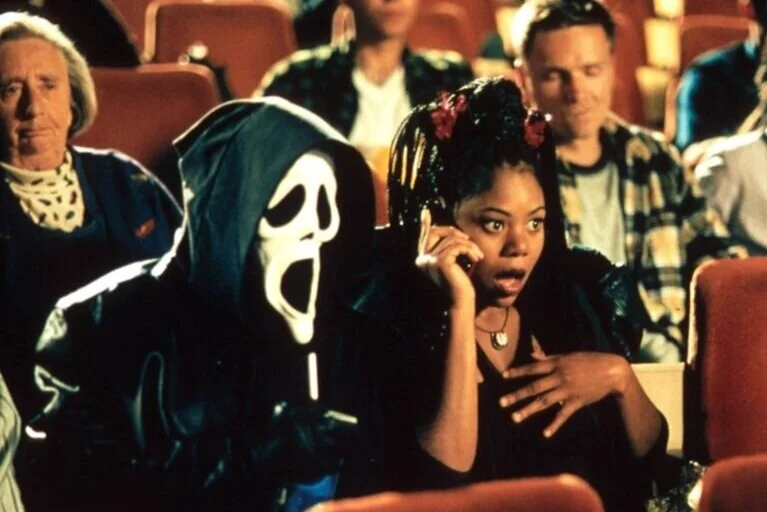Race relations and horror: The Unsung heroes
On 7th July 2020, Scary Movie turned 20.
The American parody-slasher film quickly gained commercial success upon its release in 2000, turning into a franchise with three additional movies – and its cultural impact led to many clones afterwards. Scary Movie and Scary Movie 2 are both directed by actor, comedian and filmmaker Keenan Ivory Wayans, with the screenplay developed by his siblings Marlon and Shawn. The Wayans involvement in both pre-production and production – both writers were prominent characters on-screen – suggests that they had the creative freedom that a lot of filmmakers, particularly black filmmakers, did not have.
But a recent interview with Marlon reveals they too faced ownership problems of the franchise that he and his brothers had helped create. Before we delve into those issues and its critical reception, the history behind black people and horror should be examined.
“THE DEVELOPMENT OF FILMMAKING FAILed RACIAL PROGRESSION and FORCed BLACK FILMMAKERS TO FIGHT FOR the RIGHT TO TELL STORIES WITH THEIR OWN VOICE”
On reflection, the first film I saw that genuinely shocked me in its depiction of black people is DW Griffith’s 1915 war-film Birth of a Nation, originally titled The Clansman. The narrative skirts between fiction and history, detailing the assassination of Abraham Lincoln while following two families. As the first 12-reel film ever made, it was seen as record-breaking and – coming in at three hours – it was the longest film at the time. However, what sounds like a huge achievement for movie-making conversely reflects the industry’s surmounting problems in dealing with race.
The film is loaded with discriminating stereotypes; we see black members of the South Carolina General Assembly eagerly feast on fried chicken and carelessly drink liquor with their feet up on their desks, and thus more negative tropes. But what shocked me most, however, is the character Gus and his story arc. Gus, described as ‘a renegade negro’, is played by white actor Walter Long (who of course wears blackface to portray him). Gus’s storyline centres around family member Flora Cameron, who moves into the woods to fetch water. Gus follows her and speaks of his desire to marry her but, out of fear, Flora tells him to “stay away or I’ll jump!” Gus fails to listen and, as a result, Flora leaps to her death. In response to this, the Klan hunts down Gus and lynches him.
The film was such a huge commercial success that it became the first American motion picture to be shown in the White House by President Woodrow Wilson. Wilson continued to endorse the film by stating “that’s exactly the way it is”.
Because of this, Birth of a Nation not only shaped the film industry but American culture as a whole.
“Black history is black horror,” says author and educator, Tananarive Due in Xavier Neal-Burgin’s documentary, Horror Noire: A History of Black Horror. Racism in the horror genre is suffused in the beginnings of cinema itself, thus, it is impossible to ignore the historical context behind such movies that have been produced throughout the years. Before we consider the progress of black representation in horror, let’s reflect on the eras that led us up to this point. The world struggled politically and economically as the Great Depression dominated people’s lives in the 1930s. Communities longed for an escape, a means to distract them from the strife that affected the world. Through this, an advanced form of cinema took over the scene – the ‘talkies’.
James Burns’ Cinema and Society in the British Empire, 1895 – 1940 tells of how, between 1927-1940, the film industry transformed drastically, “as the development of a practical application for adding sound to film revolutionised the medium”. The shift tested positively in both Europe and America, as audiences opted for fantastical movies with vibrant sounds such as Gone with the Wind and The Wizard of Oz. In addition, Universal Classic Monsters gained popularity among audiences, meaning that horror culture too underwent a major transformation. So, just as with Birth of a Nation, what should have been a victorious achievement for the motion picture industry and the world at large, became just another opportunity for black people to be seen as “other”.
Ingagi (1930) is an exploitation film from the pre-code era (between the arrival of the 1927 'talkies' to the mandatory enforcement of the Motion Picture Production Code in 1934) said to be made to profit off this current trend. In the film an explorer goes to the Congo and discovers a tribe of gorilla-worshipping African women, who are given to gorillas as sex slaves during a ritual. Not only does it contribute to the unhelpful link between hypersexuality and black women, the black characters in this production are also white women in blackface. To make matters worse, Ingagi was presented as a factual documentary said to be shot in the Congo. In actuality, it was predominately filmed in Los Angeles and the entire premise of the film was steeped in so much fabrication that the Motion Picture Producers and Distributors Association revoked their involvement in the film. Despite this, the primitive nature of Ingagi reflects how black people were seen at the time – as this was a common theme in horror culture (1933’s King Kong was inspired by Ingagi).
In another example, Georgette Harvey stars as the lead woman in Marshall Neilan’s Chloe, Love is Calling You (1934). She plays Mandy, a woman who uses voodoo to get revenge for her father’s lynching. This was another popular trope for black women in horror – their power and being are centred around spirituality and black magic. These motifs continued well into the 1970s, where blaxploitation films gained vast popularity.
However, during this era, black characters began to have their own feelings, emotions and purpose. They were beginning to be written as real people. Sugar Hill (1974) is one of the early films where a black woman took the lead role as the protagonist. This American blaxploitation horror-zombie film sees Marki Bey play Diana Hill, a woman who calls on voodoo queen Mama Maitresse to help her with a gruesome revenge on her boyfriend’s murderers. Bey is beautiful, talented and badass; delivering her lines with a smoothness that’s difficult to replicate. Black people in horror culture started off as monsters but are slowly becoming the heroes.
As representation for black women on screen started to improve, behind the scenes things had barely shifted. Black female filmmakers continue to face disparity in their field due to race and gender. They are present and always have been, yet their work continues to be overlooked. Ava DuVernay became the first black woman to win the US Dramatic Directing Award at the 2012 Sundance Film Festival. She received an Oscar nomination for her documentary 13th, which isn’t labelled as horror and yet after watching it, I was petrified. It’s bittersweet to find out she was the first black female director nominated for a Golden Globe in 2015, despite the annual ceremony being 72 years old at the time. Nevertheless, the increase in recognition for black women behind the camera is something to be celebrated, especially in horror. Little Woods’ Nia DaCosta’s remake of supernatural thriller Candyman will be coming to our screens later this year. The buzz (pun unintended) around the film is enough to say the title five times (pun intended).
The critical reception of Scary Movie was a shock not only to the Wayans but to the cast, crew and studio heads themselves. They knew they were involved in something magical but didn’t realise to what extent. Scary Movie opened in the US on the 7th of July 2000, on only 1,912 screens. The film had a $19 million budget yet grossed $278 million worldwide. It became number one at the box office, earning around $42 million in its opening weekend.
One of the beauties of cinema is that it possesses the power to immortalise. People, culture, fashion and ideologies of an era can be stored, packed away and discovered decades later for future generations. While a lot of movies of the past are filled with hate, fear and discrimination, it’s important that we do not erase their existence for numerous reasons. It’s vital that we, as a society, reflect on how far race representation in horror has come. It’s crucial that we – the future’s present voice – ensure that we make the creative choices to sit on the right side of history.
2020 © TAPE COLLECTIVE LTD, ALL RIGHTS RESERVED


